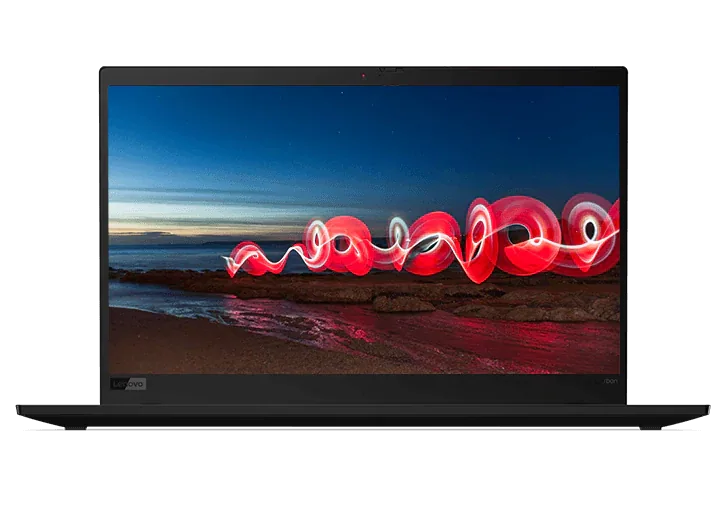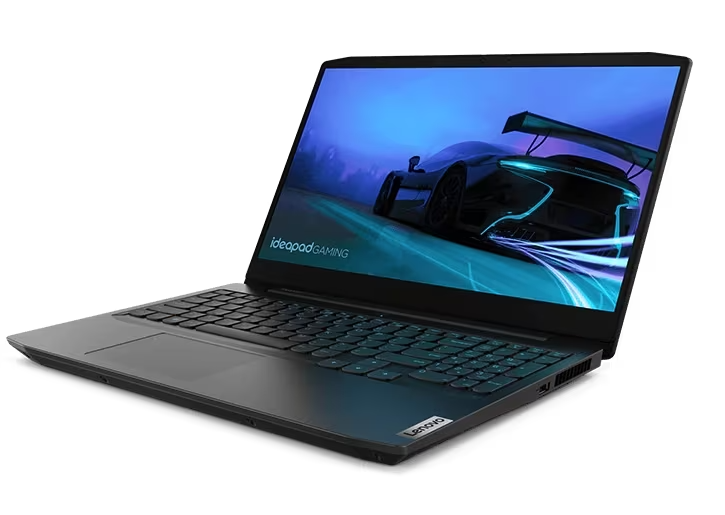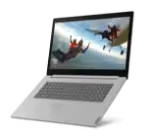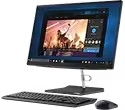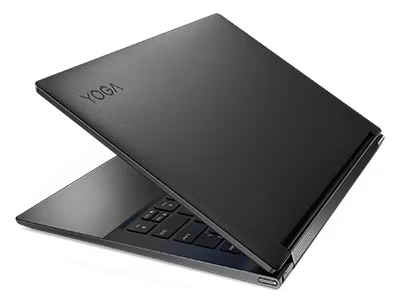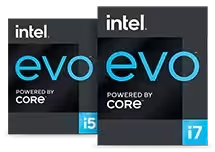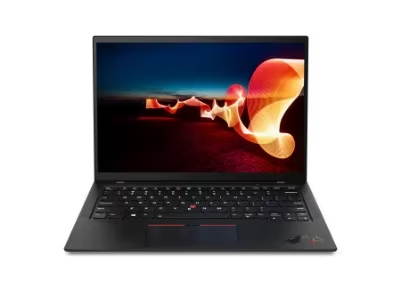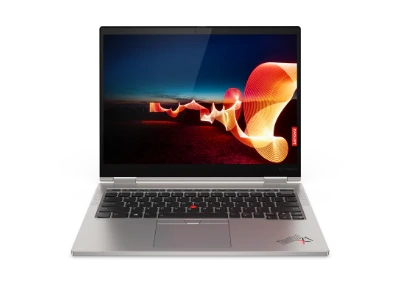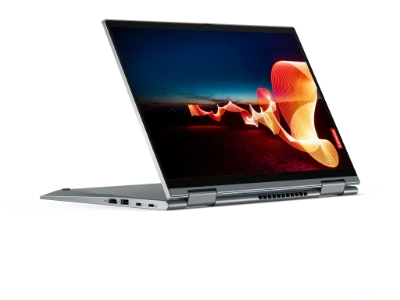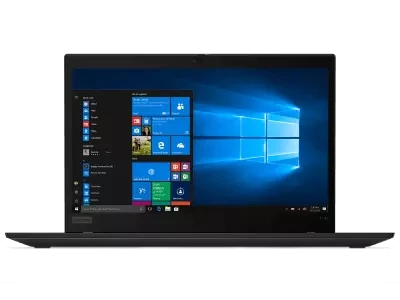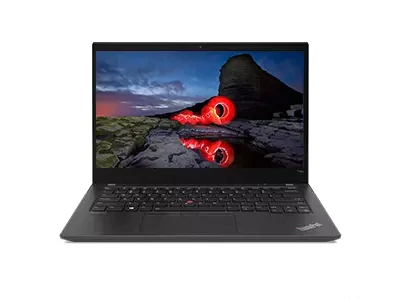What is a FreeSync monitor?
Do you fancy yourself as a bit of a gamer?
Are you sick of games ruined by poor screen quality?
Then you’ve come to the right place. Today we’re talking about all things FreeSync™ technology.
When it comes to gaming, experience is everything. You’ll want spectacular image quality for a truly immersive experience.
FreeSync technology improves gameplay quality by eliminating that infuriating screen tearing and stuttering once and for all.
Sounds good right?
You bet it does.
In this article we’ll be discussing everything you need to know about this amazing technology from how it works to how FreeSync compares to other synchronization technologies.
So, without further ado, let’s dive in!
What is FreeSync?
FreeSync™ technology is an adaptive synchronization technology used in LCD displays. A FreeSync monitor mobilizes FreeSync technology to eliminate screen tearing and stuttering by synchronizing its refresh rate with the graphics card frame rate (FPS).
Monitors equipped with FreeSync technology have what’s called a variable refresh rate (or VRR) which matches with the framerate of your AMD graphics card.
But let’s turn on the breaks for just one moment.
For FreeSync to make sense we need to first understand some foundational concepts. FreeSync has been developed with three key influences:
- Screen tearing
- V-Sync
- Stuttering
What is screen tearing?
Screen tearing is what happens when your graphics card produces frames too quickly. In other words, the framerate of your graphics card is faster than the frame rate of your monitor. That means your monitor can’t display the images it receives from your graphics card. Your monitor will be playing catch-up. And for you that means blurry or ‘torn’ looking visuals on the screen.
What is V-Sync?
V-sync was the original screen tearing solution. V-sync technology ensures that your graphics card never works at a rate higher than your monitor can handle. Even if your graphics card can average a super-high frame rate, it will be capped to match your monitor’s refresh rate to eliminate that undesirable screen tearing.
But this only went so far to solve the tearing problem. V-Sync presents another problem – screen stuttering. This happens when your graphics card’s framerate drops below the monitor refresh rate (for example, this might occur during more complex parts of a computer game).
And that’s where FreeSync comes in. FreeSync eliminates both tearing and stuttering by syncing a monitor’s refresh rate to match the rate at which your graphics card produces new frames. In other words, your monitor will never display frames too fast or too slow.
FreeSync versus G-Sync
I know it seems like there’s a sync technology for every letter of the alphabet, but here me out. This is the last one. Let’s talk for a moment about G-Sync.
Just like FreeSync, G-Sync improves monitor performance. And it does so by matching the performance of the monitor itself and the graphics card. So, what’s the difference?
G-Sync technology adjusts the output rate of the graphics card and adjusts the monitor’s vertical blanking interval (VBI) to make sure that the GPU and monitor are always in sync. This eliminates screen tearing and other display issues.
FreeSync syncs a monitor’s refresh rate to match the rate at which your graphics card produces new frames. The end result is very similar. The main difference between the two is price. FreeSync is built using the Adaptive Sync Standard. This is an open standard that other manufacturers can use in their equipment without royalties. And because of this FreeSync costs less than its G-Sync alternatives.
FreeSync pros and cons
FreeSync monitors are highly effective against that dreaded tearing, stuttering, and general screenplay lagging. But, as with all technologies, there are pros and cons to using FreeSync.
PRO: FreeSync is more affordable
FreeSync is significantly cheaper than G-Sync monitors. This is because they are based on an open source standard, unlike G-Sync which is a hardware solution that costs monitor manufacturers more to install – and therefore costs us more to buy.
CON: FreeSync is not compatible with NVDIA
FreeSync is only compatible with AMD graphics cards. That means it simply will not work if you have an NVIDIA graphics card. That’s because NVIDIA is a hardware-based solution and not open source. If you’re using NVIDIA you will have to splash out on a G-Sync monitor.
PRO: FreeSync reduces visual distortions
AMD FreeSync technology synchronizes the refresh rate of a display with the frame rate of graphics cards to reduce latency, and visual distortions such as screen tearing and stuttering.
CON: FreeSync can be inconsistent
FreeSync can be inconsistent. Not every FreeSync monitor comes set with the same, identical standards. Different FreeSync monitors will have different refresh rate ranges. Their G-Sync equivalents are a little more reliable.
This is because they are tightly regulated. Every G-Sync monitor must meet a standardized set of criteria. In short, with a FreeSync monitor the amount of tearing reduction will vary from one monitor to the next. With G-Sync, every monitor will provide a display that reduces tearing and stuttering across any refresh rate.
How to start using FreeSync
Decided to invest in a FreeSync monitor?
That’s great news.
To get up and running with FreeSync you’ll need a compatible AMD graphics card (GPU). Some of the latest AMD graphics cards include:
- Radeon RX 6900 XT
- Radeon RX 6800 XT
- Radeon RX 5700 XT
- Radeon RX 5600 XT
- Radeon RX 5500 XT
- Radeon RX Vega 64
- Radeon RX Vega 56
Once your computer is connected to a FreeSync monitor you’ll need to download the AMD catalyst driver from the company website. Here you’ll be able to select your card model manually or (if you’re not sure) you can utilize the auto detection tool.
What to look for in a FreeSync Monitor
Looking for a new gaming monitor? There are many different options when it comes to FreeSync monitors. You’ll want to consider factors such as size, resolution, refresh rate, panel type, and response time. Before you start shopping for your new monitor, make sure to consider these four essential criteria.
Size & resolution
Bigger isn’t necessarily better. Think about what’s most important to you - screen space or sharp, crisp picture quality? A 27 inch screen is pretty standard. Big but not too big. And for a screen of this size we recommend opting for a pixel density of approximately 109 pixels per inch.
Refresh rate
The higher the refresh rate the more responsive your gameplay will be. You might even enjoy being a step ahead of your competition. For a really solid gameplay experience we recommend choosing a FreeSync monitor with a refresh rate of at least 144 Hz.
Response time
If you’re looking for a super-fast gaming monitor with little-to-no lag or ‘trailing’ we recommend looking for a monitor with a response time of 1ms GtG or faster.
How do I configure my FreeSync monitor?
You will need to configure your AMD FreeSync monitor. To do so, locate the on-screen display controls on your particular monitor. Make sure that AMD FreeSync is enabled, Anti-blur is disables, and that the display port is set to 1.2 or higher.
What components will I need to use a FreeSync monitor?
To use a FreeSync monitor you’ll need the following.
- A compatible AMD graphics card or APU all-in-one processor
- A compatible monitor or TV
- An input cable
The final verdict
If you’re looking for an affordable monitor that’s great for gaming and reducing that dreaded screen tearing then a FreeSync monitor is a fantastic option. FreeSync monitors are somewhat cheaper than their G-Sync alternatives but still offer the all-important key functionalities. So, wave goodbye to lag, tearing, and stuttering once and for all and enjoy an enhanced gaming experience.
